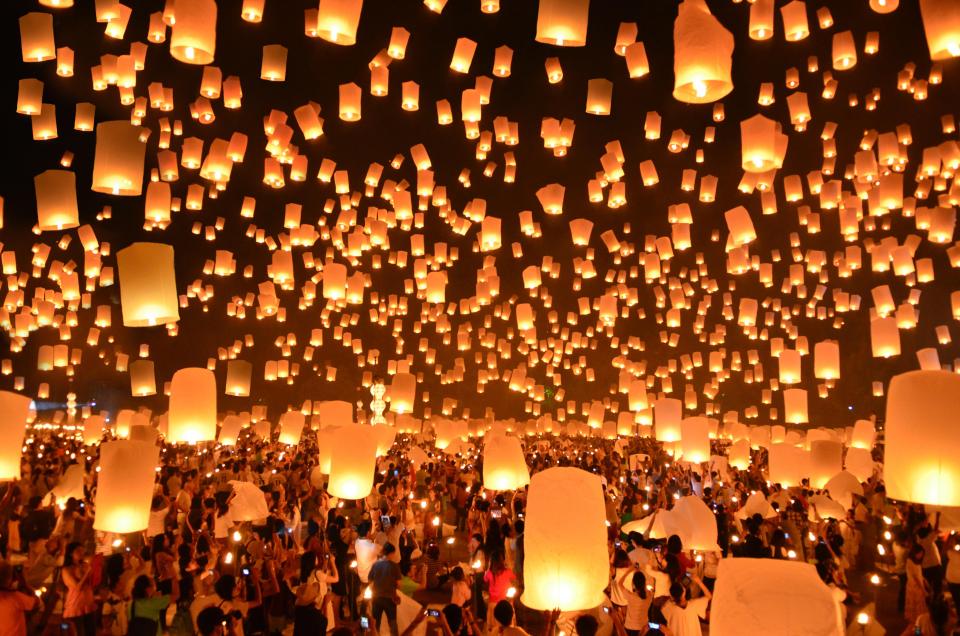This past weekend was Diwali (it is a multi-day event), and I would be really missing out on a unique cultural artifact if I did not write about it. Also known as Deepavali or simply the Festival of Lights (and known as Hari Diwali in Malay), this is a traditional Hindu festival that marks the end of the monsoon season and holds deep religious significance for practicers of this faith. In Malaysia, it is a public holiday in 16 of the federated states and is a testament to the multiethnic culture of the country. It is celebrated across Southeast and South Asia.

During Diwali, members of Hindu communities will decorate their homes with paper lanterns, which are not unlike those in the Chinese Lantern Festival during the Lunar New Year (though they are white instead of red), as well as "kolam," or a textile floor design made of dyed rice and colored powder. These artistic pieces vary significantly from home to home, and many Hindu practitioners will invite those from other religions in to showcase their home and celebrate one of the most important days of the year for them. There are fireworks, and, also similar to the small red pouches I the Chinese New Year, there will be small purple or yellow packages prepared for children. Food, of course, is a major part of this holiday, and one Malaysian variation is "murukku"(see below), which are deep fried rice noodles. In Malaysia in particular, there are multiple places where this holiday is celebrated publicly. Kuala Lumpur's "Little India" is one of the most famous ethnic neighborhoods in the city (there are actually multiple areas). In addition, Hindu temples are of course a popular venue during Diwali, where Hindu practitioners can celebrate and practice their faith.

It is fascinating how festivals and traditions in the form of public holidays in Malaysia can encompass everything from Diwali to Chinese New Year to Muhammad's Birthday to Christmas. While the United States is also a multiethnic society, it does not have the same public memorializing or openness of citizens or members of different religions to holidays as Malaysia. This is not to say that Malaysian society is perfect or without its own issues (e.g. government-led closure of Hindu temples for hosting squatters), but the willingness of people from other faiths to get excited and celebrate something as a public good is very interesting.

Diwali is a major cultural tradition of a minority group in Malaysia, particularly in the western, peninsular part. I was really surprised to learn that there are some parallels to Chinese New Year (though with different characteristics), as I had never heard about this before. The University of Richmond will host its own Festival of Lights as part of its Asia Week celebration, and I am excited to see how it goes (along with Asia Week as a whole). For my next cultural artifact, I will certainly focus on East Malaysia and native culture in Borneo and see what insights Melissa can provide.
Sources:
https://publicholidays.com.my/deepavali/
https://www.jagranjosh.com/general-knowledge/10-facts-about-diwali-1412067946-1

Comments
It's so interesting to see that traditions in Diwali have a lot of similarities with Chinese culture. Paper lanterns were a big thing in the yuanxiao festival in China, which is 15 days after the Chinse lunar new year. I wonder how this tradition started in Diwali. I think that will be a fascinating thing to learn about.